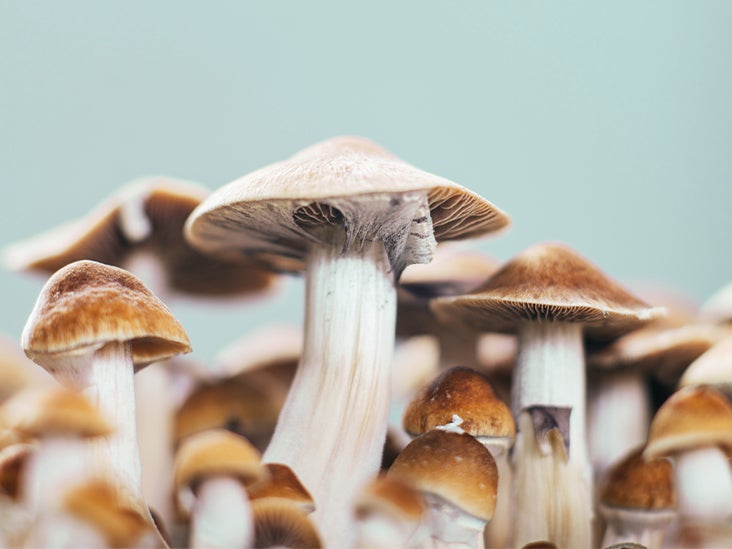
According to a researcher, mushrooms can speak with one another and recognize up to 50 words.
Electrical impulses observed in the electrical activity of four species of fungi were structurally similar to human speech. It approximated the vocabulary of dozens of words, as per a study.
When wood-digesting fungi came into contact with wood, the impulses increased. Thereby, implying that fungi may use electrical communications to exchange information about food or harm.
Professor Andrew Adamatzky of the University of the West of England conducted the study.
Electrical spikes produced by enoki, split gill, ghost, and caterpillar fungi were studied by him and his computing group.
Royal Society Open Science published the research. Professor Adamatzky said: ‘We do not know if there is a direct relationship between spiking patterns in fungi and human speech. Possibly not.
‘On the other hand, there are many similarities in information processing in living substrates of different classes, families, and species. I was just curious to compare.’
Mycelium
Fungal roots called mycelium passed the information. The spike clusters mirrored human vocabularies of up to 50 words, according to the study.
Professor Adamatzky claimed that the average length of each ‘word’ was 5.97 letters, compared to 4.8 letters in the English language. Thus, indicating that mushrooms had ‘minds and a consciousness.’
‘Assuming that spikes of electrical activity are used by fungi to communicate, we demonstrate that distributions of fungal word lengths match that of human languages.’ he added.
‘We found that the size of fungal vocabulary can be up to 50 words; however, the core vocabulary of most frequently used words does not exceed 15 to 20 words.’
Professor Adamatzky, on the other hand, added: ‘There is also another option – they are saying nothing.
‘Propagating mycelium tips are electrically charged, and, therefore, when the charged tips pass in a pair of differential electrodes, a spike in the potential difference is recorded.’
Dan Bebber, from the University of Exeter and a member of the British Mycological Society’s fungal biology research committee, said ‘the interpretation as the language seems somewhat overenthusiastic and would require far more research, the Guardian reported.
